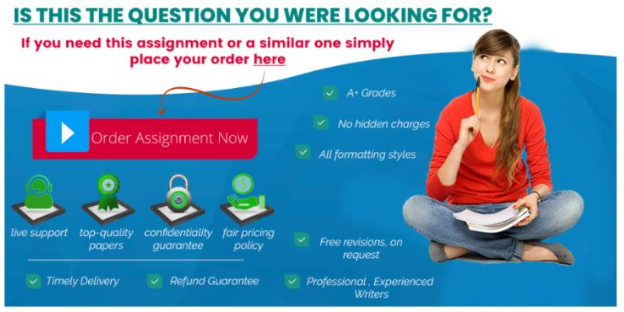Visual Origin Story
Origin stories exist in every human culture and are used to offer explanations about how something came into existence. Creating a Visual Origin Story combines lateral and visual thinking as your team envisions its collective capabilities and imagines a positive trajectory together. For example, the team’s co-authored origin story might describe teammates’ superpowers and how they work together to “fight the evils of the world.” The activity involves both asynchronous components with low social presence (your independent work) and synchronous moments with high social presence (coming together with your team to discuss and create). Working together synchronously at the end stage of this activity is required.
Visual Origin Story
Phase 1: Personal Avatar, To be Completed Individually Prior to Team Meeting
1. Brainstorm: Create an avatar—an image that will represent your personality—to share with your new teammates. Feeling stuck? This exercise in lateral thinking will help you come up with some imaginative ways to represent yourself.
First, grab a pen and paper to write down your responses to the following:
• A verb for an activity that you like to do, ending in -ING (“flying,” “jumping,” etc.) • Favorite color(s) • Your favorite snack food • An adjective that best describes you • Aspects of your identity that are important to you (cultural, ethnic, religious, sexual orientation, etc.) • Your favorite creature, real or imagined • Favorite musical artist • Favorite board or video game • A particular hidden talent of yours • Name of the street or town where you grew up • Name(s) of your pet(s) (if applicable)
2. Imagine: Next, combine any number of selections from the previous list to develop a fun description of yourself. Perhaps you are a superhero who can make tacos appear with the snap of your fingers? Or do you feel you embody a hybrid of your two favorite animals? Come up with two to four options for yourself by combining answers, adding descriptive features, or editing as needed. Examples of how you might describe your new superhero self: “I’m a…” • Flying Kimchi Horse • Laughing Aqua Robot • Yodeling League of Insects • Bouncing Extroverted Cheeto
3. Visualize: Continue to working individually to create a visual representation of yourself based on what you have imagined, making sure to connect to any personality or skills you might bring to the team. Some ideas to get you started include:
· Draw on top of a photograph
· Create an illustration or caricature (a bowl of kimchi wearing sunglasses, a potato chip with a face, etc.)
· Collage together items from magazines or newspapers
· Develop other creative representations, such as a hand puppet constructed from fabric or other material
· Use one of these free programs to create your avatar:
· Adobe Avatar Maker: https://www.adobe.com/express/create/avatarLinks to an external site.
· Links to an external site.Get Avataaars: https://getavataaars.com/Links to an external site.
· Superherotar: https://superherotar.framiq.com/Links to an external site.
*Please note that your avatar can be either a collage-type image that represents you or a character that you create that is symbolic of you. There is no one right way to create your avatar, the important thing is that you create an image that represents you and that you are able to use the image to introduce yourself to your team.
Visual Origin Story
| Tips
• Individual avatar: Have fun creating your own individual avatars first, then share them with your team to describe your personality or things you love. The avatar can be as quirky and strange as you want it to be, as long as you can speak about how it connects to your personality. Robots, horses, insects, objects, humans, and more are all welcome to the party! • Combining avatars: Think of interesting ways to combine the avatars together. Don’t just make a matrix of fragmented parts and call things done. Instead, think about how the parts fit together in interesting new ways. What new creatures could you create? What hybrid object might be constructed to represent the team? • Brainstorming: Throughout the process of working together, think about the different collaborative storytelling techniques that might help your team brainstorm together. Perhaps one person adds an element to another person’s contribution or you might have an open back-and-forth discussion where multiple stories take place in a shared world. Have fun and share ideas! • Stay playful: This does not need to be a serious activity and, in fact, keeping the mood light will build positive feelings among your team. If you will be working on a serious topic later in the process, activities such as this one provide a useful emotional counterpoint to relieve some of the stress and tension that can result from working with challenging topics. |
-
Brainstorm: Create an avatar—an image that will represent your personality—to share with your new teammates,
-
Imagine: Combine selections to develop a fun description of yourself,
-
Visualize: Create a visual representation of yourself based on what you have imagined,
-
Tips: Individual avatar and combining avatars for the team,
-
Stay playful: Build positive feelings and connections through this activity,










